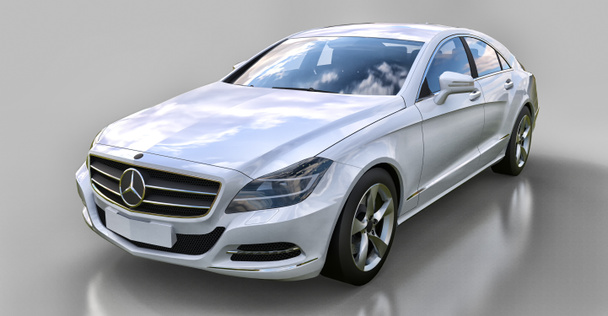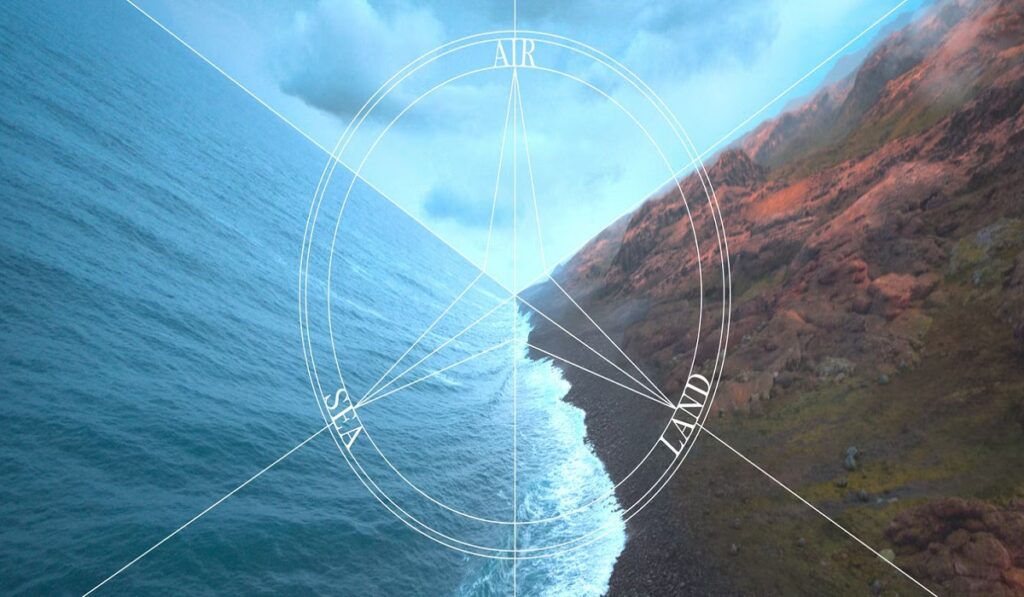Mercedes-Benz, one of the premier automotive brands, is setting an innovative trend by being at the forefront of sustainability practices and in telling its iconic star logo’s origin story in an eye-catching campaign called Land. Sea. Air.”
Mercedes-Benz’s iconic star logo dates back over 100 years and symbolizes Gottlieb Daimler’s vision of mobility on land, sea and air. Over time it has come to represent not only their history and pioneering spirit but also the brand’s innovative power in creating new mobility eras – which this campaign emphasizes with “The Symbol of New Times”. This campaign stands as proof that luxury can coexist alongside sustainability.
Mercedes-Benz Sustainability Goals
In its Sustainability Goals Campaign, the sustainability goals of Mercedes-Benz were made abundantly clear. They commit to producing all their cars as fully electric by 2030 while simultaneously cutting CO2 emissions per vehicle by more than half relative to 2020 levels compared with production processes such as renewable energy sources or increasing efficiency measures.
White Mercedes Benz CLS Coupe on a gray background in 3d rendering mode.
Sustainable Production
Mercedes-Benz places great importance on sustainability when it comes to production processes. All its factories worldwide began using electricity from renewable sources beginning in 2022; further, CO2-neutral procurement processes are an integral component of Mercedes’ procurement procedures; their goal for 2039 is aiming for CO2-free products throughout their value chains.

Recycling and Innovative Materials
Mercedes-Benz is making strides toward sustainability by increasing recycling levels, closing material loops and expanding use of recycled materials such as steel and aluminum. In addition, innovative recycled materials made from household waste such as plastic are now used for cable channels on vehicles; and within two years models such as the EQE and S-Class models will feature door handles created through chemical recycling instead of fossil-based raw materials for door handles.
Mercedes-Benz is committed to creating an all-electric future through their “Ambition 2039” plan, starting in 2039 they aim to have only new cars and light commercial vehicles which are CO2-neutral in terms of value chain emissions, lifecycle impacts, carbon offsetting requirements as well as adoption support by creating their global high-power charging network.
Mercedes-Benz’s “Land. Sea. Air.” campaign showcases their brand vision that integrates sustainability and luxury. When combined with pioneering spirit represented by iconic star logo, this vision becomes an ongoing commitment towards sustainable living in the future. Mercedes is raising standards within automotive industry through responsible production practices such as recycling and electric mobility initiatives.

Where did Daimler’s three pointed star originate?
Daimler AG and Mercedes-Benz share an intricate history. Originally, three points on its star logo symbolized Daimler’s goal to dominate land, sea and air transportation sectors simultaneously. Here’s more information:
Land: Daimler has always strived to produce motorized vehicles for land transportation; Karl Benz famously invented one of the first automobiles, known as Motorwagen in 1886 – this marked Daimler’s contributions to automotive history and marked its entry onto the scene as one of its members.
Daimler Motor Company: Marine Engines The second point of Daimler-Benz AG was meant to symbolize Daimler Motor Company’s interest in marine engines, particularly during its early-20th-century Daimler-Motoren-Gesellschaft (DMG), later known as Daimler-Benz AG or Mercedes-Benz AG today, became widely known for developing powerful marine engines for boats and ships.
Air: Daimler was at the forefront of aviation technology development from an early stage; their involvement was essential to its rapid advancement and thus shaping Daimler’s influence as one of its core business units. Daimler played an influential role in pioneering aircraft engine innovations which revolutionized aviation growth worldwide.
These three points were designed to demonstrate how Daimler engines and technology would be employed across different modes of transportation–on land, at sea and air.
Over time, the three-pointed star logo became one of the world’s most instantly identifiable automotive logos; used on Mercedes-Benz vehicles since their initial production began in 1920s; its origins reflect company interests in transportation technology during its formative stages.
